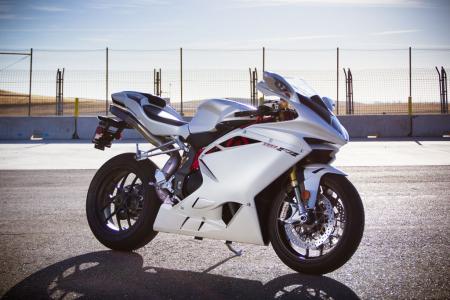218 Views
by
Troy Siahaan
(IC: )
Published: April 1st, 2012
Share
Generally speaking, given a set displacement, the more revs an engine can turn, the more power it can produce. In the RR’s case, the crank throws are now shorter compared to the previous F4, reducing stroke and thereby letting the crank spin faster. MV says the RR’s redline is 13,700 rpm, 200 revs higher than the previous F4. (Photo: MV Agusta)
Troy Siahaan
More by Troy Siahaan
Published April 1st, 2012 6:00 AM
Motorcycle Insurance





































Comments
Join the conversation